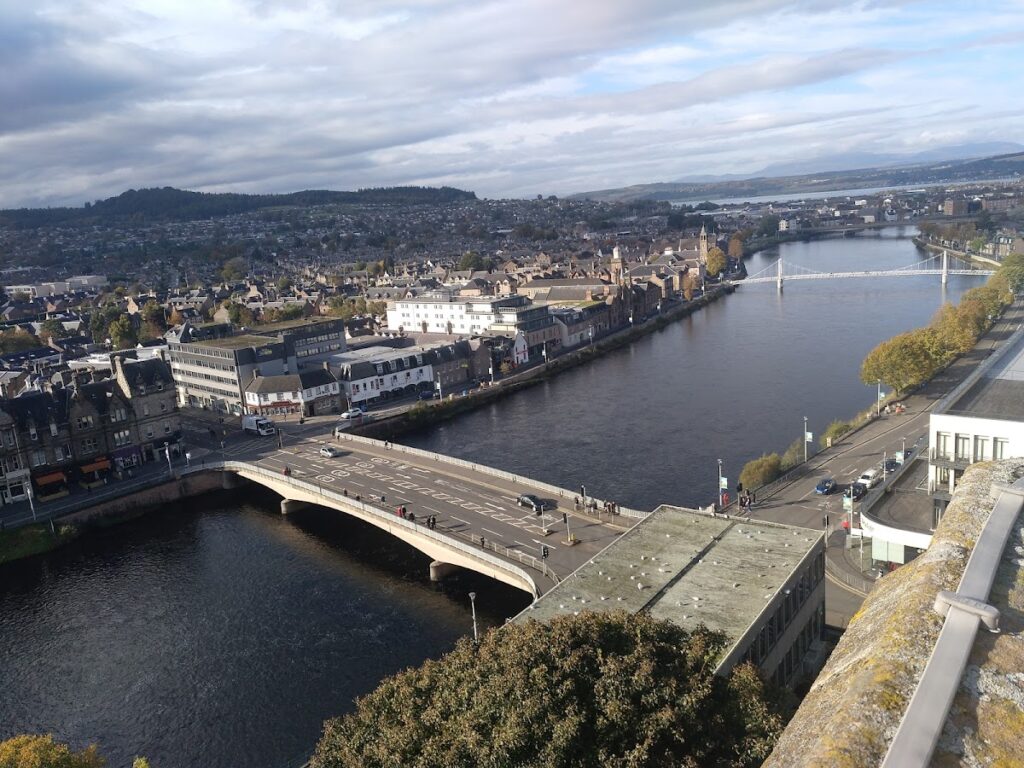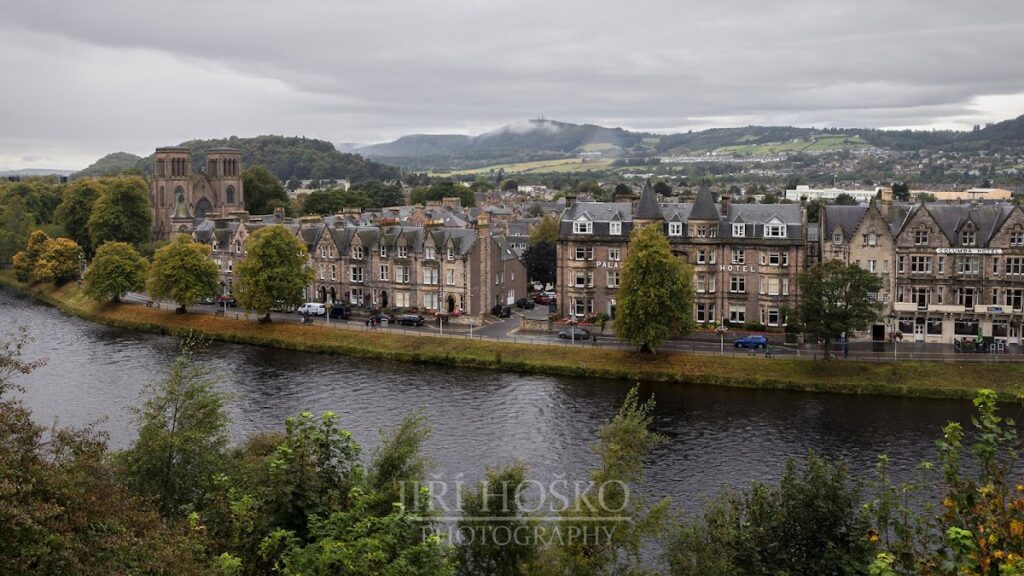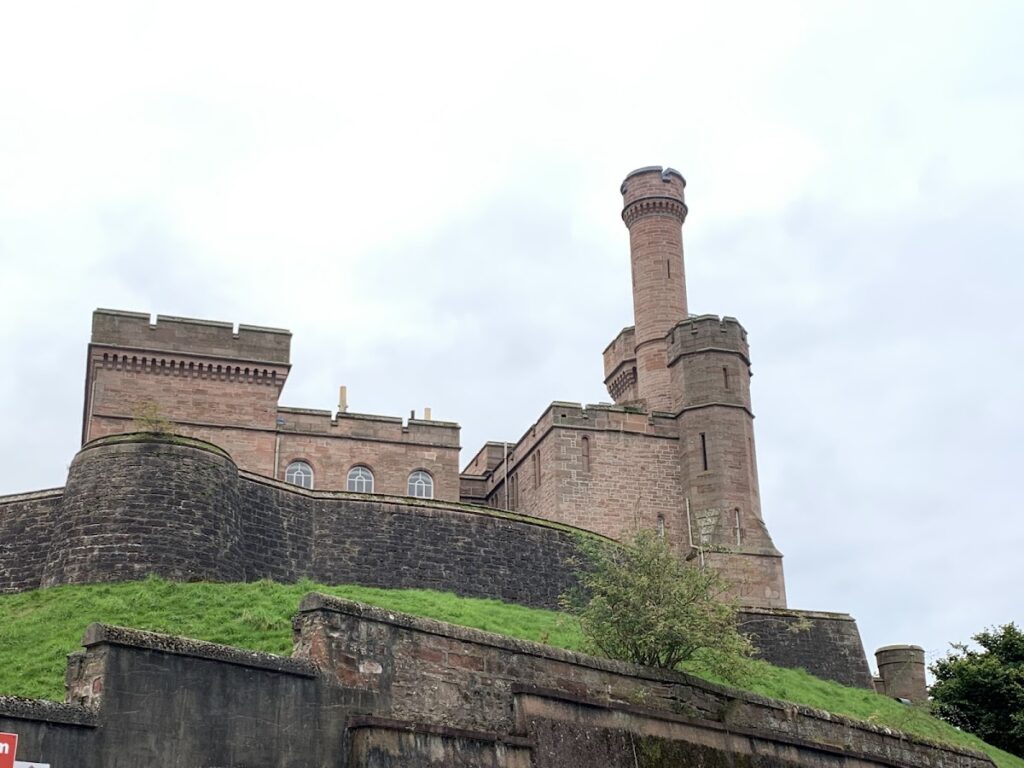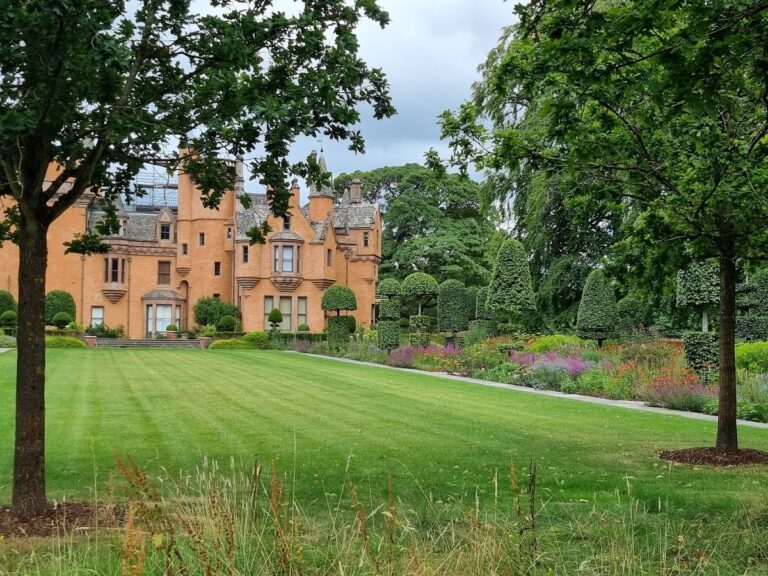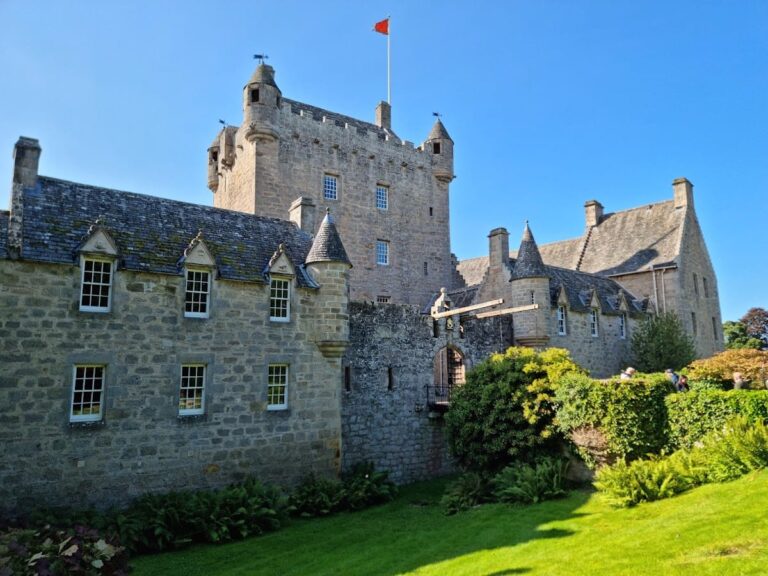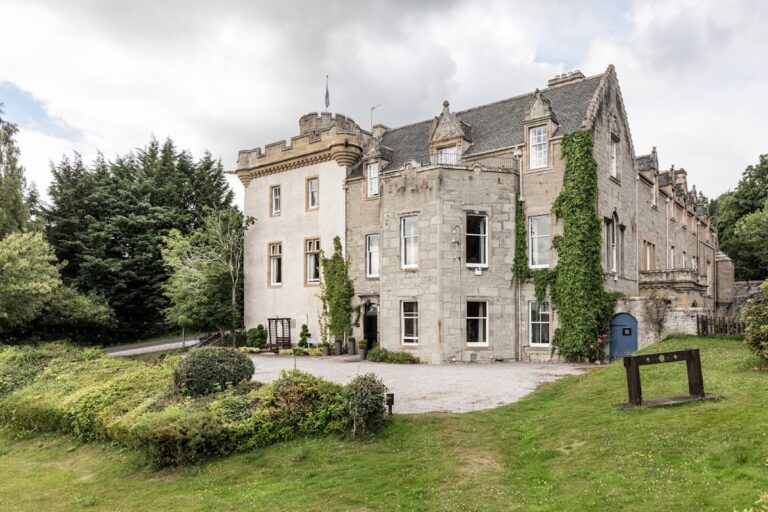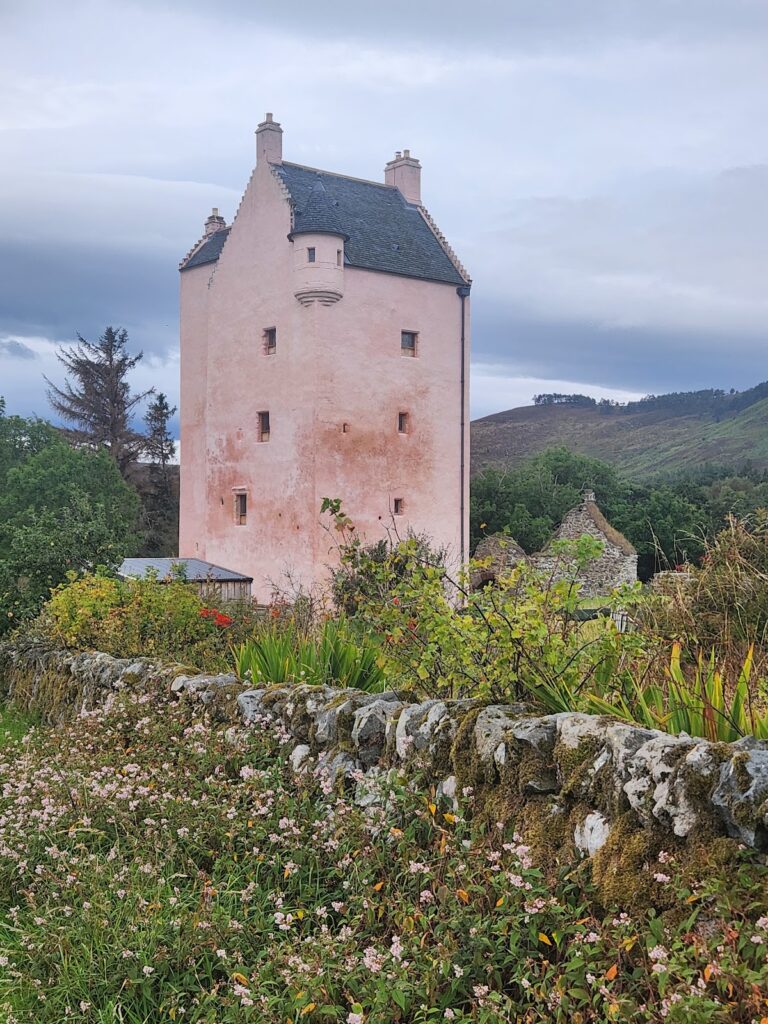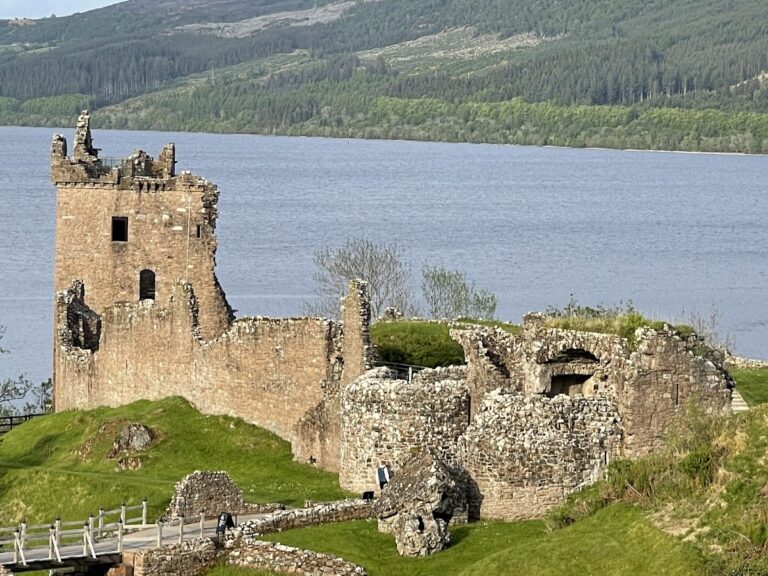Inverness Castle: A Historic Stronghold in Scotland
Visitor Information
Google Rating: 4.1
Popularity: Medium
Google Maps: View on Google Maps
Official Website: invernesscastle.scot
Country: United Kingdom
Civilization: Unclassified
Remains: Military
History
Inverness Castle stands in the city of Inverness, Scotland, occupying a strategic position overlooking the River Ness. The site has hosted a succession of castles since the mid-11th century, with the first structure attributed to Malcolm III of Scotland, a medieval Scottish king known for consolidating his realm.
The original fortress suffered significant damage in 1307 during the Wars of Scottish Independence, when King Robert I of Scotland deliberately dismantled its defensive battlements to weaken English-aligned strongholds. Throughout the 15th century, Inverness Castle remained a focal point of Highland political tensions. In 1428, King James I used the castle to detain around fifty chiefs of Highland clans—many of whom faced execution—an event that incited a strong retaliation by Alexander, 3rd Lord of the Isles. Despite setting fire to the surrounding town, Alexander’s forces did not succeed in capturing the castle itself.
By the mid-16th century, George Gordon, 4th Earl of Huntly, completed a new iteration of the castle, incorporating a sturdy tower and assuming the role of its constable until 1562. That year, the castle was the center of a notable siege involving Clan Munro and Clan Fraser. These clans, supporters of Mary, Queen of Scots, seized the castle after the governor, a loyalist to the Gordons, refused her access. The governor was subsequently executed following the castle’s capture.
The castle’s role as a military and administrative site continued through the ensuing centuries, witnessing various conflicts including the English Civil War, Jacobite uprisings, and regional rebellions. Reports from 1619 noted that the castle was in poor repair; though royal orders for restoration were issued, these efforts were not immediately carried out.
The current castle building was constructed in 1836 from red sandstone under the direction of architect William Burn, replacing previous fortifications on the same site. After 1889, it served as the meeting place for the Inverness-shire County Council, and it maintained judicial responsibilities until 2020. In 2021, the castle and its grounds were closed for renovations, with plans to reopen in 2025.
Beyond its physical history, Inverness Castle holds cultural importance as the setting for Shakespeare’s tragedy “Macbeth.” Its image also appeared on the reverse side of a Royal Bank of Scotland £50 note issued in 2005, highlighting its status as a Scottish landmark.
Remains
The present Inverness Castle is characterized by its construction from red sandstone, designed in an early castellated style typical of the 19th century. The main front of the castle faces south and features a symmetrical arrangement with seven sections, or bays. A slight projection in the central three bays includes a round-headed entrance doorway, flanked by similarly shaped windows on the ground floor and three more above, capped by battlements to evoke medieval fortifications. At each end of the frontage stand castellated towers; the one on the left is round, while the right is square in shape.
Behind this main building is a north block completed in 1848, originally serving as a prison and later converted into an additional courthouse. This structure was designed by Thomas Brown II and maintains a style consistent with the main castle. Surrounding walls with bastions, or projecting defensive points, were designed by Joseph Mitchell to enclose the castle grounds.
Archaeologically, parts of earlier structures survive on the site. A section of an old stone wall stands between the two main buildings, alongside a historic well. The well had fallen into ruin but was restored in 1909, preserving a feature that likely served as a water source for previous iterations of the castle.
The castle grounds once displayed four historic field guns as outdoor exhibits. Among these was a gun captured at the Battle of Loos in 1915 during World War I, and two Russian guns from the Crimean War. Of these weapons, only the gun from Loos remains today, having been relocated and placed on display at the Clan Cameron Museum.
Also present on the castle grounds is a statue of Flora MacDonald, a celebrated Jacobite heroine, accompanied by her dog. Erected in 1899, the statue honors her historical role and provides a cultural link to the castle’s connection with Scotland’s Jacobite past.
Situated on a cliff overlooking the River Ness, which flows from Loch Ness to the Moray Firth, Inverness Castle occupies a commanding position. This vantage point has historically provided strategic control over the surrounding area, shaping its role as both a defensive stronghold and center of regional authority.


